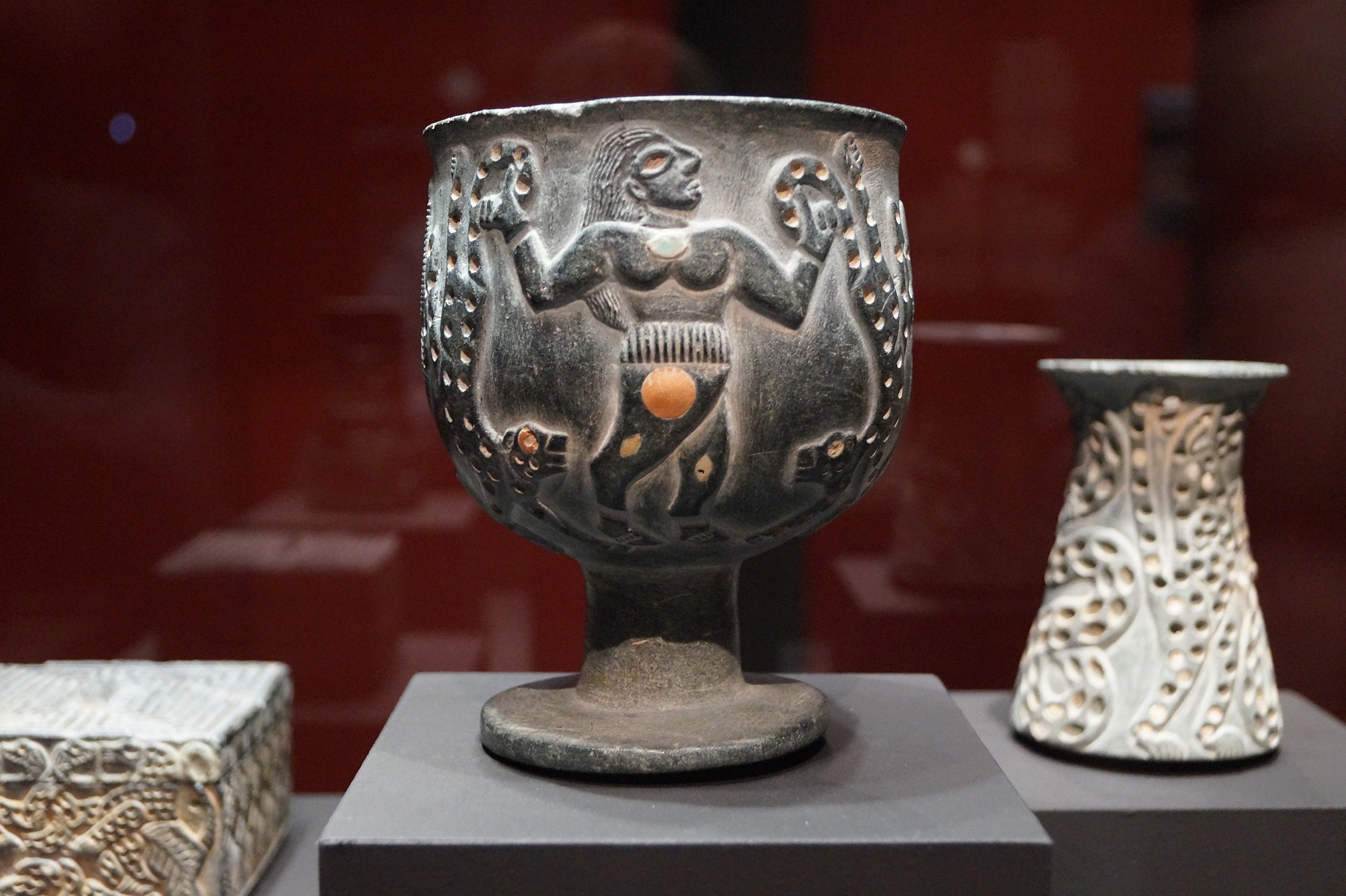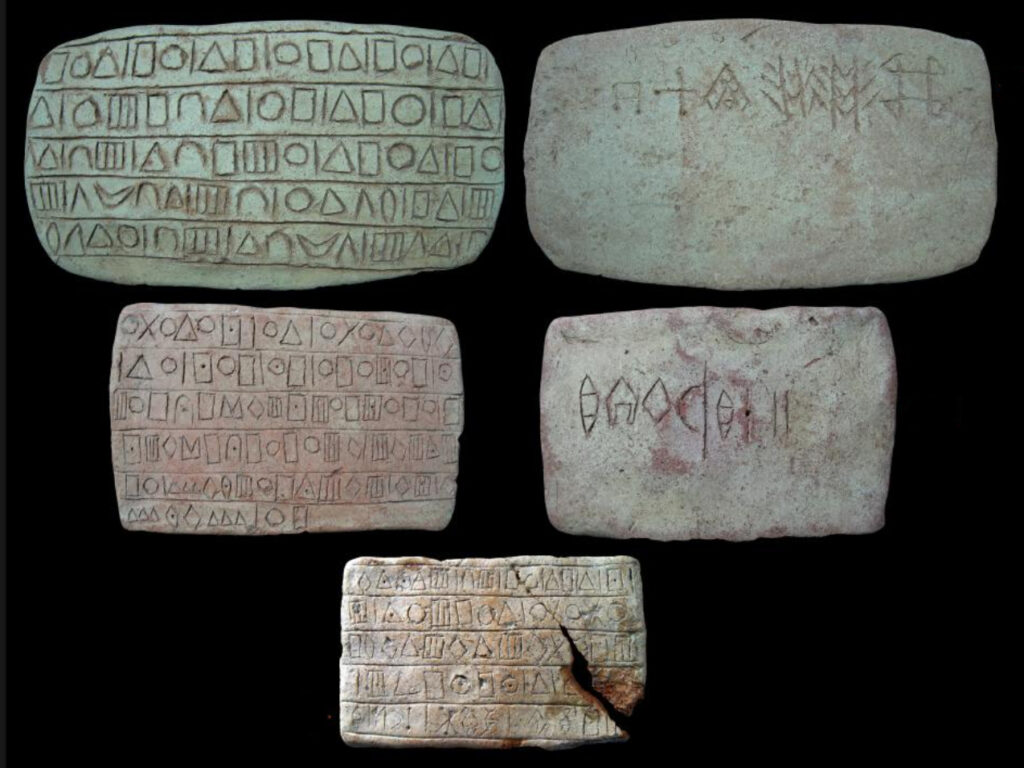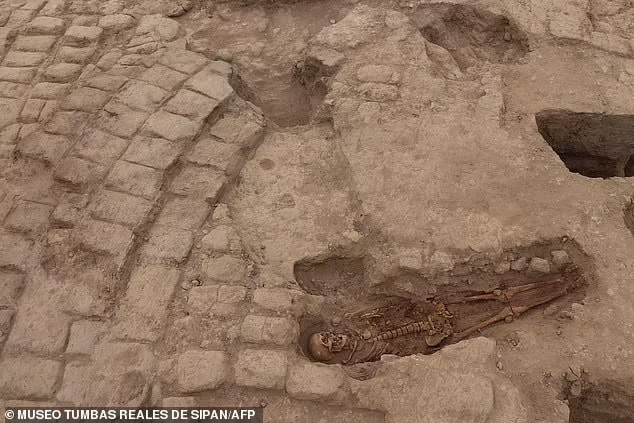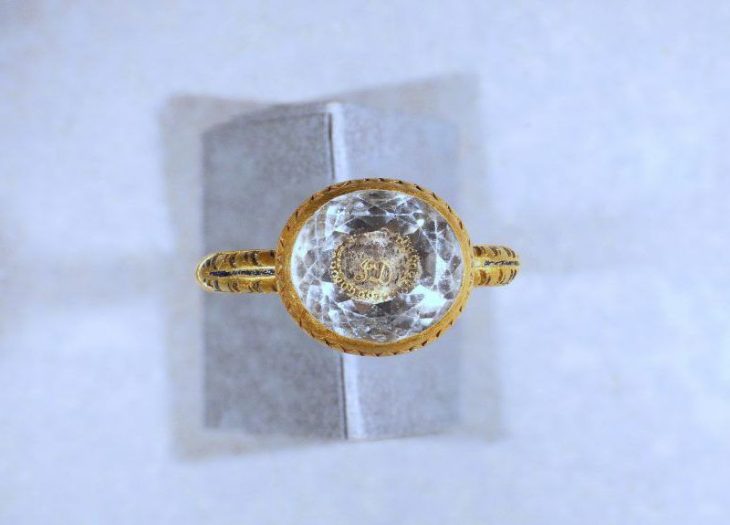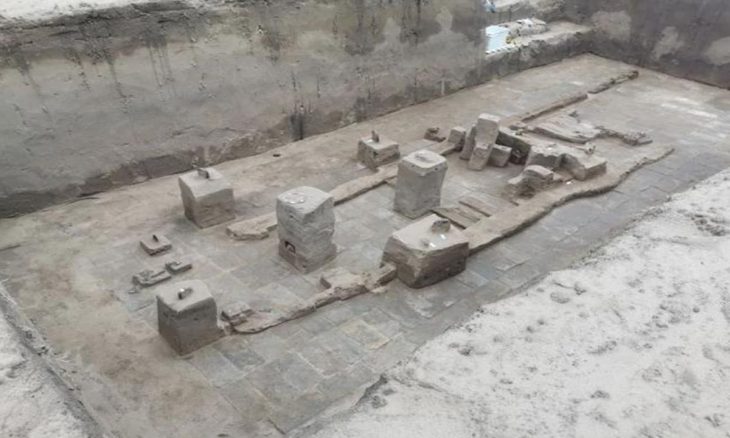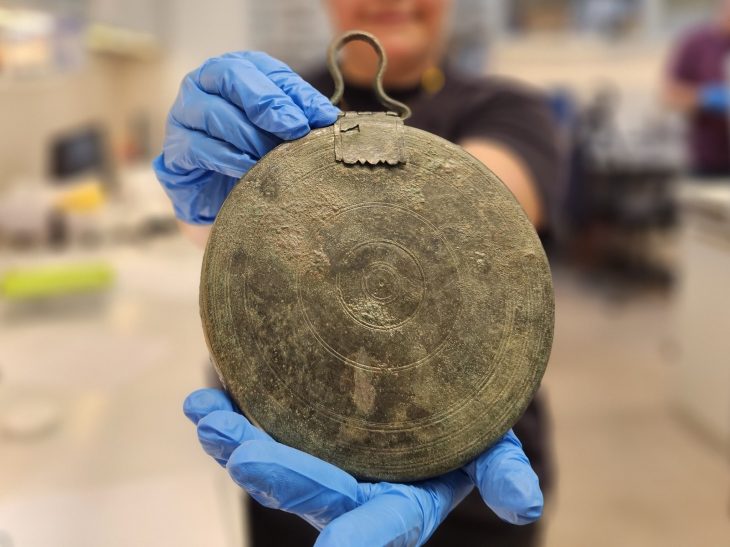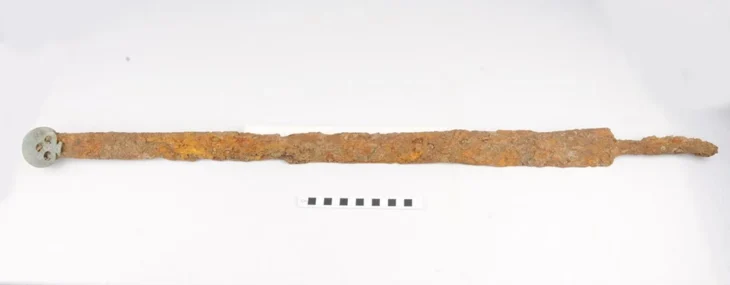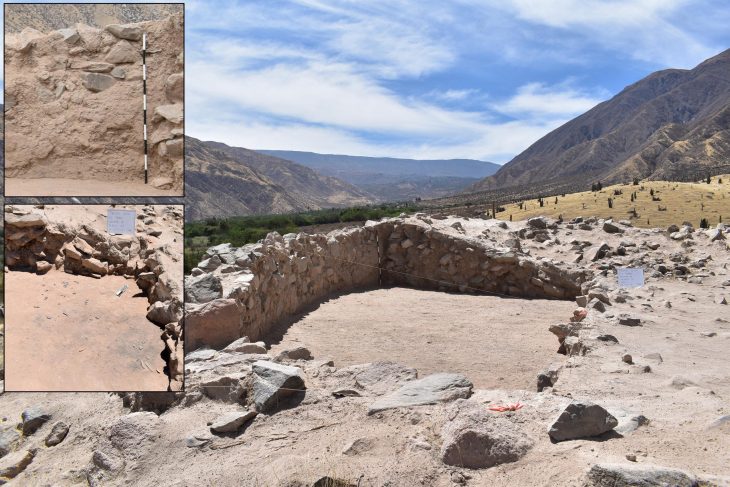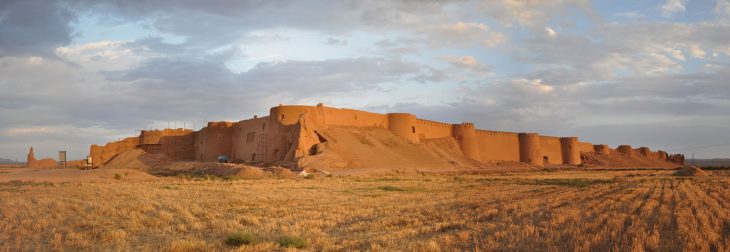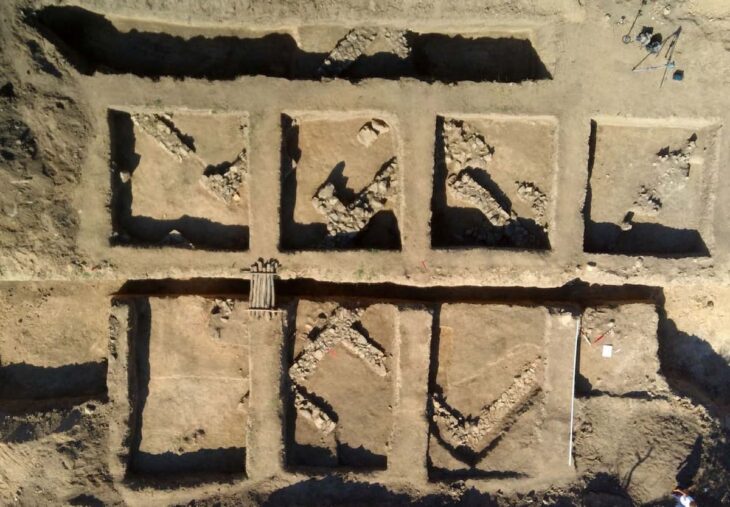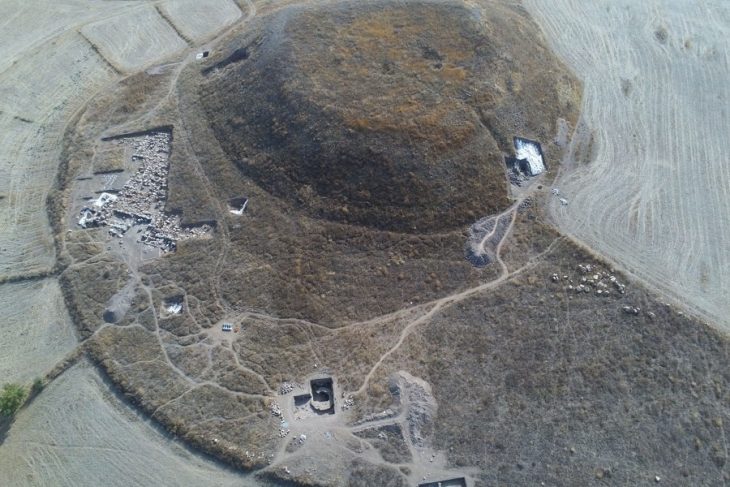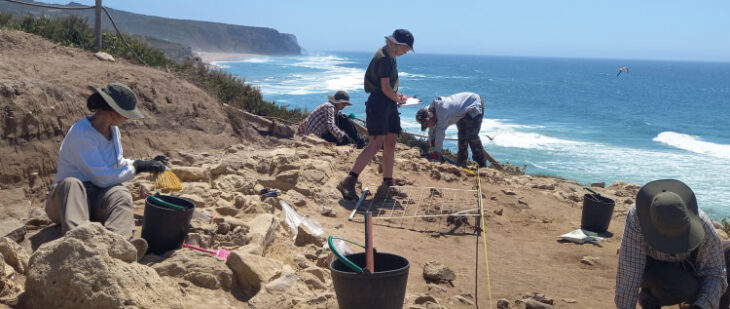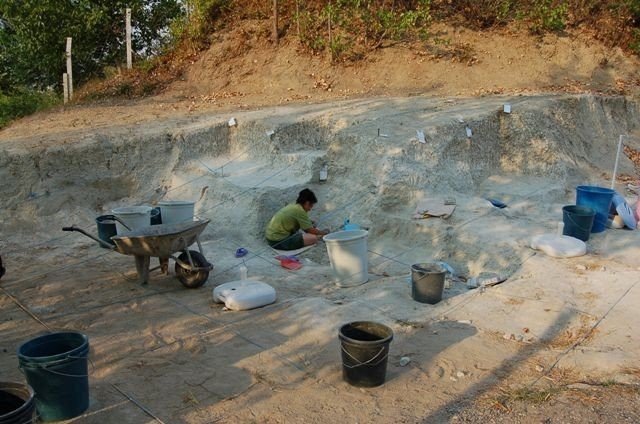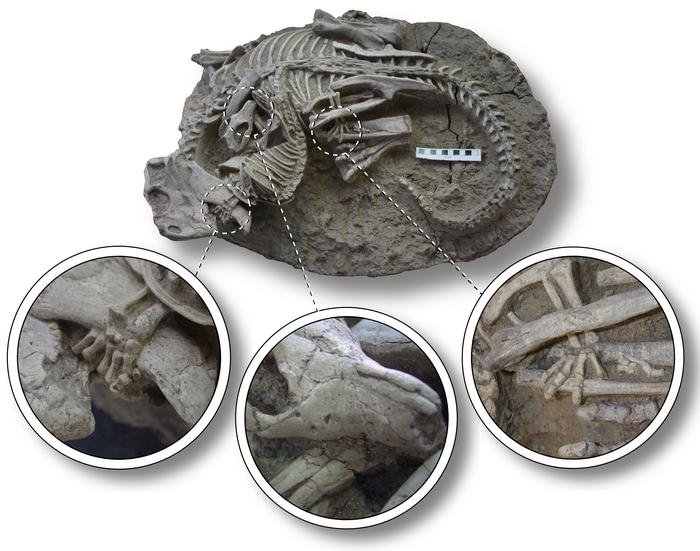Recent archaeological discoveries in southeast Iran are reshaping our understanding of early civilizations, particularly the Jiroft Civilization, which thrived around 5,000 years ago. This Bronze Age society, centered in the Halil Rud Valley, has been identified as a significant cultural hub, potentially predating Mesopotamia as the cradle of civilization in the Eastern World.
The Twin Konar Sandal Mounds have emerged as a focal point for researchers, revealing clay and stone tablets inscribed with primitive characters believed to be precursors to the Elamite writing system. These findings suggest that Jiroft may have played a pivotal role in the development of early writing and urbanization, challenging long-held beliefs that Mesopotamia was the sole birthplace of these advancements.
For over a century, scholars have recognized the importance of ancient Persia in the evolution of civilizations. However, concrete evidence has only recently come to light, thanks to ongoing excavations in the region. The archaeological work, initially aimed at protecting prehistoric necropolises from rampant looting, has unveiled a wealth of artifacts that highlight the technological and artistic achievements of the Jiroft people.
Archaeologist Youssof Majidzadeh proposed in 2003 that the civilization discovered in Jiroft could be the legendary Aratta, mentioned in Sumerian poetry for its wealth. However, this theory lacked solid historical evidence and faced criticism from the academic community. Other experts suggested that, due to references in Mesopotamian texts about conflicts with a powerful Iranian state, this kingdom might be the Marhashi Kingdom.

The analysis of the iconography from Jiroft revealed striking similarities with Mesopotamian traditions, hinting at a possible cultural connection. Depictions of mythological creatures like bulls and eagles evoked Sumerian myths, such as the shepherd king Etana. Speculations also arose regarding the presence of motifs related to a universal flood in some representations. The discoveries in Jiroft challenge the traditional view that Mesopotamia was the sole cradle of civilization in the 3rd millennium BC. In just over a decade, significant progress has been made in understanding this culture, and the findings suggest that regions like Jiroft may have reached similar levels of sophistication as Mesopotamia, inviting us to reconsider history from a broader perspective.
The Halil Rud Valley, located south of Kerman, is characterized by its unique geography, with palm orchards nestled among towering mountains. This setting provided the backdrop for a flourishing culture that produced remarkable architectural and sculptural works, rivaling those of contemporary Sumerian cities like Ur and Uruk. The region’s significance is underscored by the discovery of unfired brick ramparts and terraces at the Konar Sandal mounds, indicating a sophisticated urban planning system.
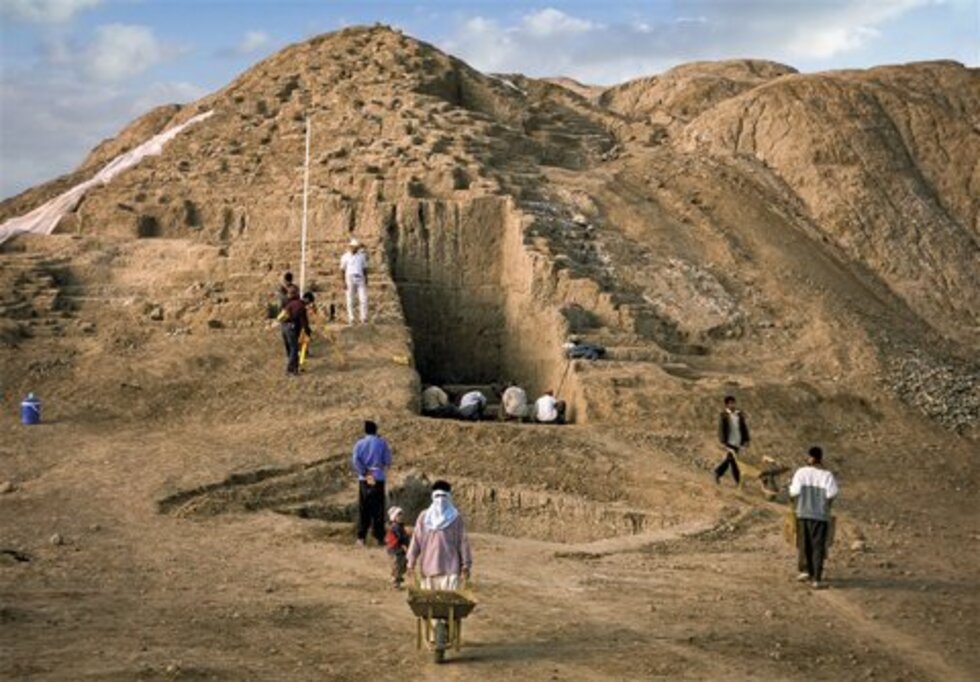
One of the most fascinating aspects of Jiroft’s artistic production is the architectural motifs found on various artifacts. Cylindrical bowls feature images of regular facades with pilasters forming tall plinths, while chambers adorned with doors and windows are topped with flexed architraves, suggesting a complex understanding of structural design. Notably, many of these bowls depict ziggurat-like structures with three or four gradually receding stories, reflecting the concept of the classical Mesopotamian ziggurat. These representations, often crowned with a pole or ‘horn’—a symbol of sacredness according to later Babylonian texts—indicate that the Jiroft people may have been pioneers in the architectural tradition of these monumental edifices.
The dating of these decorated vases to approximately 3100-2600 BC raises the possibility that the small ziggurat-like structures from the Persian steppes may have emerged before similar edifices in Mesopotamia. This suggests that Persia could potentially be an early source of these ‘artificial mountains’ that are characteristic of the temple landscapes found along the Tigris and Euphrates, although further research is needed to establish definitive connections.
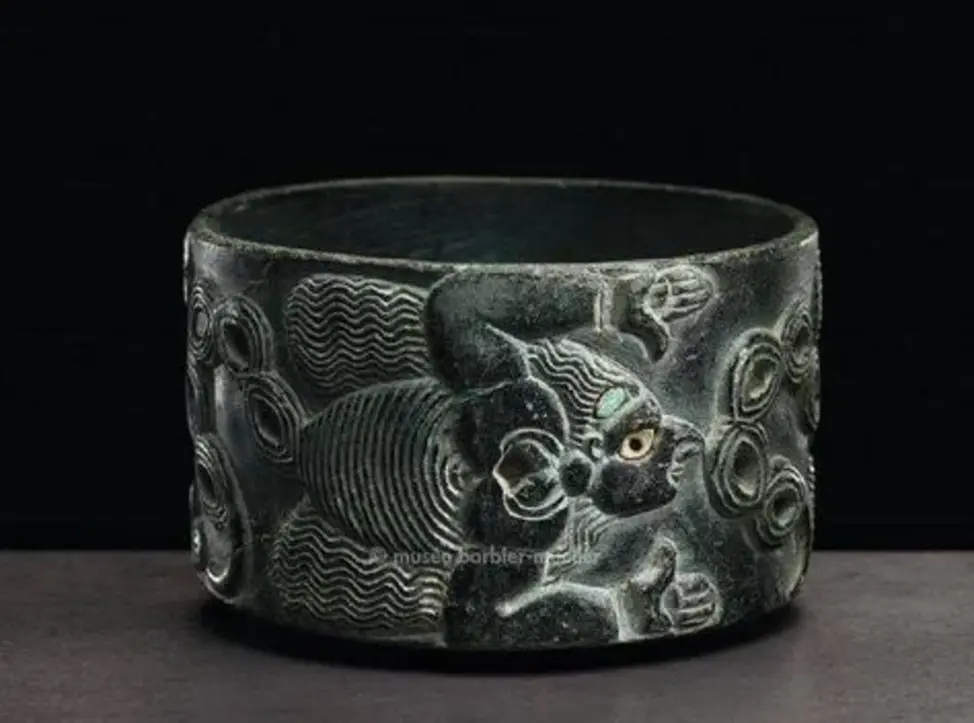
Archaeologist Youssof Majidzadeh, leading the research at Halil Rud, has amassed an impressive collection of intricately decorated stone objects made from chlorite, a material well-suited for sculpture. These artifacts include vases, bowls, statuettes, and weights, all adorned with elaborate designs that reflect the artistic sensibilities of the time. The craftsmanship displayed in these pieces reveals a society deeply engaged in artistic expression and cultural production.
One of the most intriguing aspects of the Jiroft Civilization is its proto-Elamitic writing system, which dates back to the IV millennium BC. Tablets discovered at various sites, including Tepe Sialk and Tepe Yahya, suggest that the Iranian plateau may have been a center for early literacy. The ongoing study of these inscriptions aims to unlock the secrets of this ancient writing, further illuminating the region’s historical significance.
As excavations continue, the Jiroft Civilization is poised to redefine our understanding of ancient history. The artifacts unearthed in the Halil Rud Valley offer a glimpse into a society that was not only technologically advanced but also rich in artistic expression. The ongoing research promises to shed light on the daily lives, beliefs, and governance of the Jiroft people, further establishing their place in the narrative of human civilization.
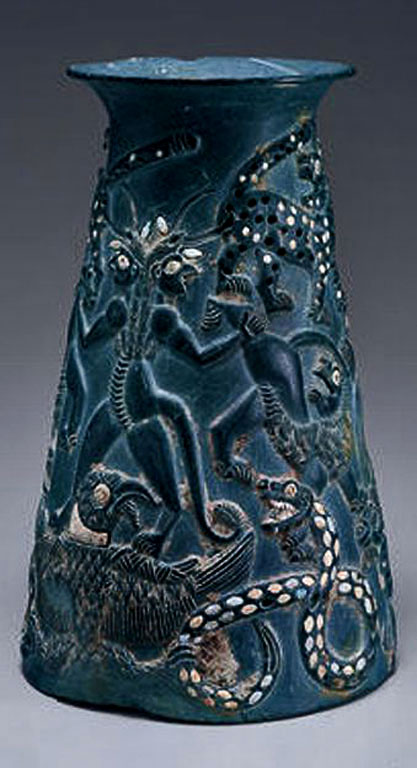
In conclusion, the discoveries in Jiroft are not merely archaeological finds; they represent a significant chapter in the story of humanity’s past. As scholars piece together the puzzle of this ancient civilization, the implications for our understanding of early urban societies and their contributions to human history are profound. The Jiroft Civilization stands as a testament to the complexity and richness of ancient cultures, inviting us to reconsider the origins of civilization itself.
Cover Image Credit: Jiroft vase, 2800-2300 BC. Wikipedia
Majidzadeh, Yousef. “The Land of Aratta.” Journal of Near Eastern Studies 35, no. 2 (1976): 105-13.
Desset, Francois. (2014). A new writing system discovered in 3rd millennium bce iran: The konar sandal ‘geometric’ tablets. Iranica Antiqua. 49. 83-109. 10.2143/IA.49.0.3009239.

